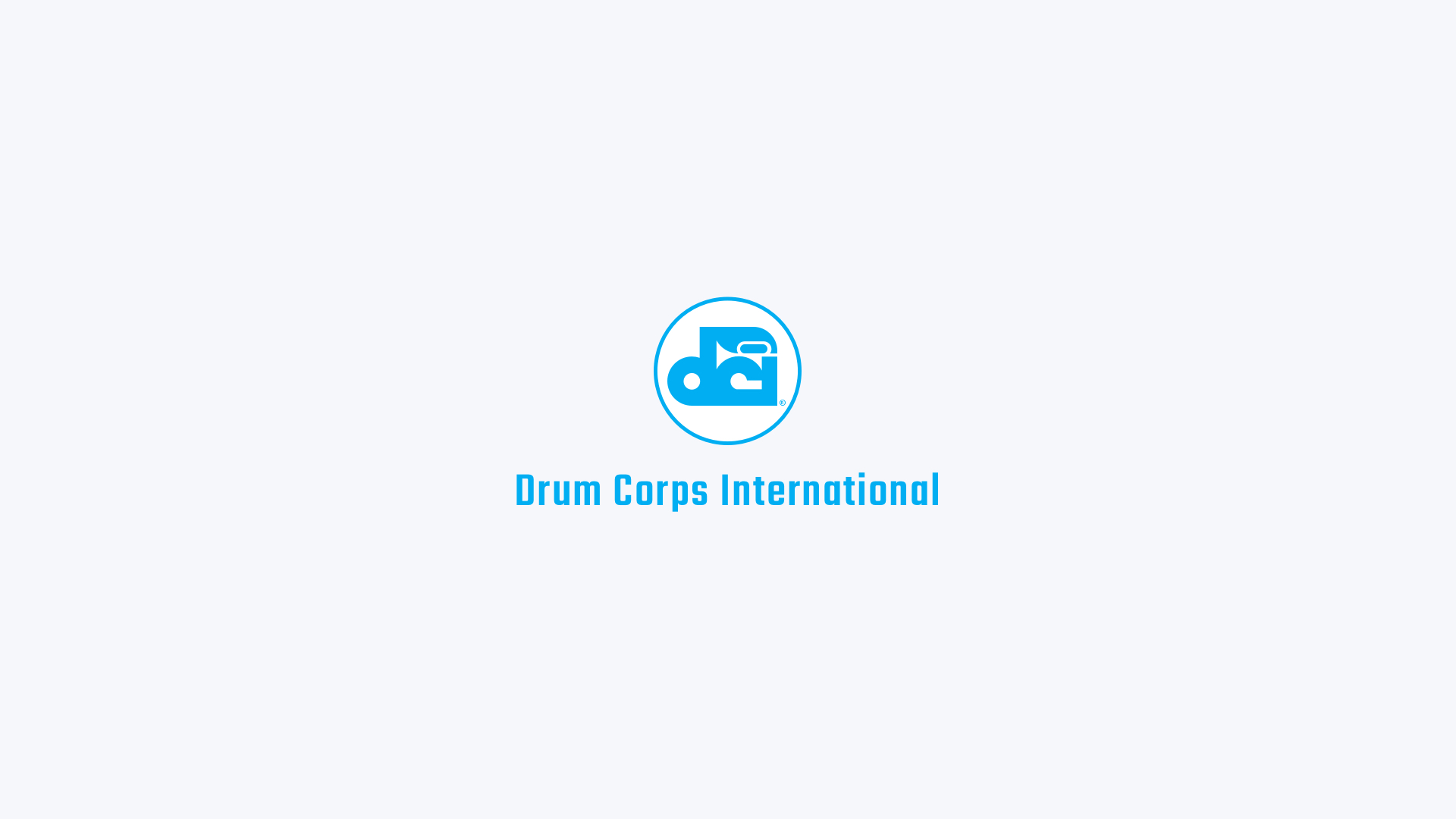This week, we'll be paying some editorial attention to drum corps events that have happened in the Eastern U.S. For some reason, the Eastern Classic is always a technological challenge for DCI.org, as this report proves. Yesterday we ran a report about the challenges DCI.org faced at the 2003 Eastern Classic in Allentown, Pa. These two articles will hopefully give you a perfunctory glance at how we produce live events on DCI.org. Franklin Field, on the campus of the University of Pennsylvania, is one of those classic drum corps settings. The 1975 and 1976 DCI World Championships were held there, and it's been host to a wide variety of athletic and entertainment events since it was built in 1895 (it was specifically designed for the Penn Relays). But when the architects drew up the plan for Franklin Field way back then, they didn't have the foresight to predict that by the DCI Eastern Classic of 2002, visitors would need full access to build a live Internet event like we do on DCI.org.


Franklin Field, in Philadelphia


